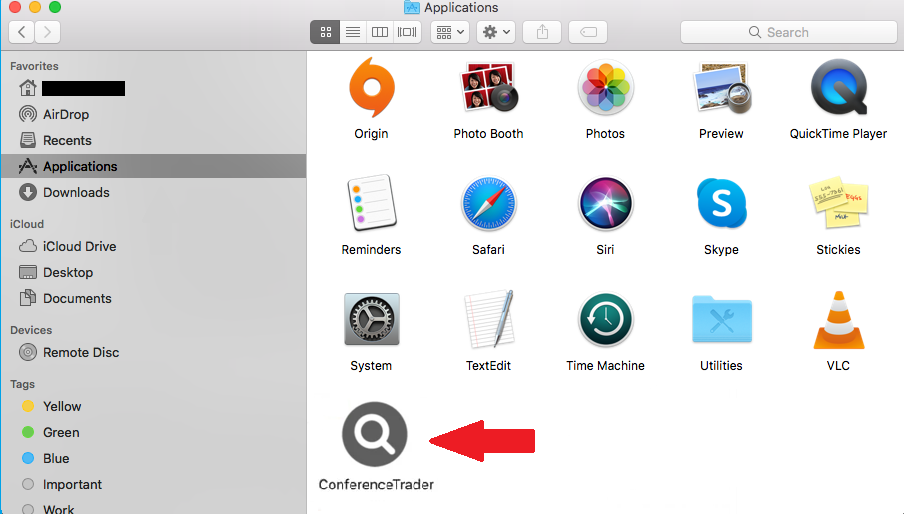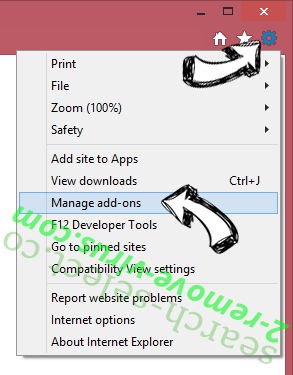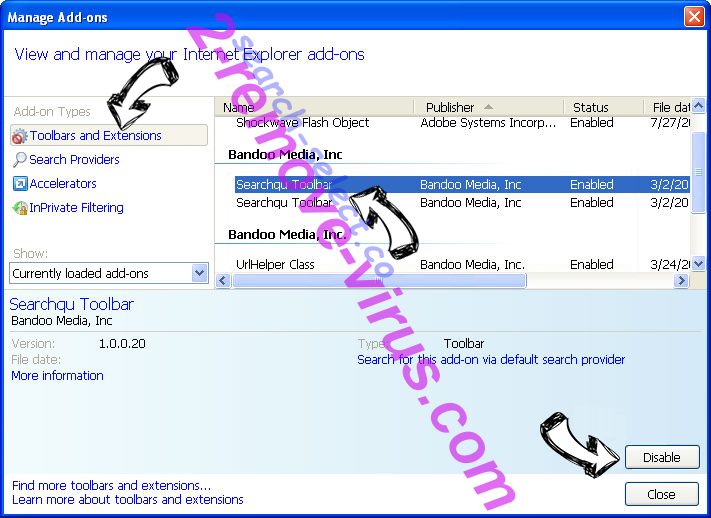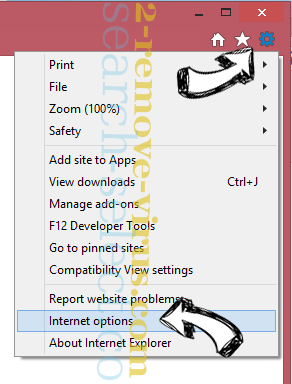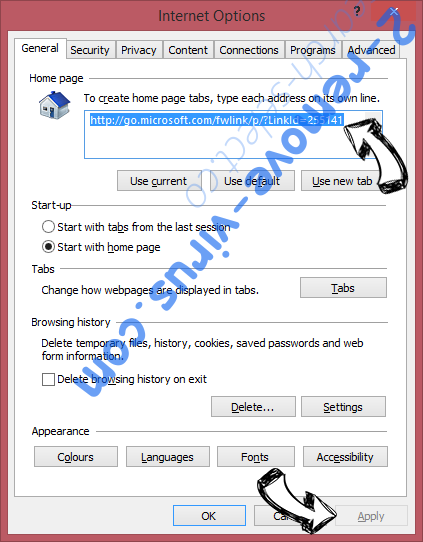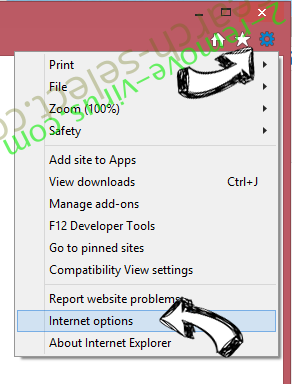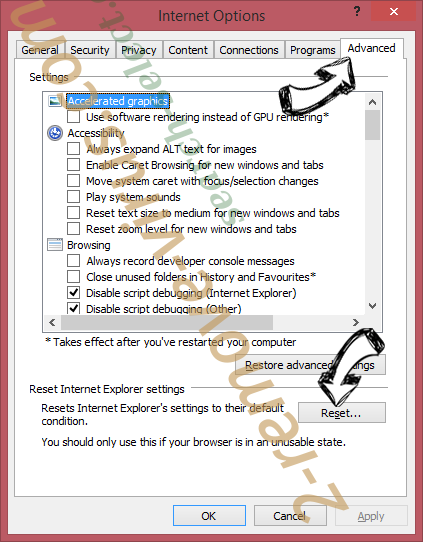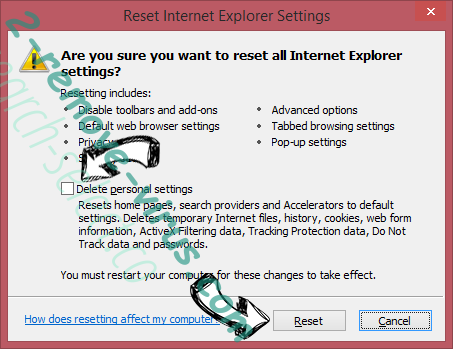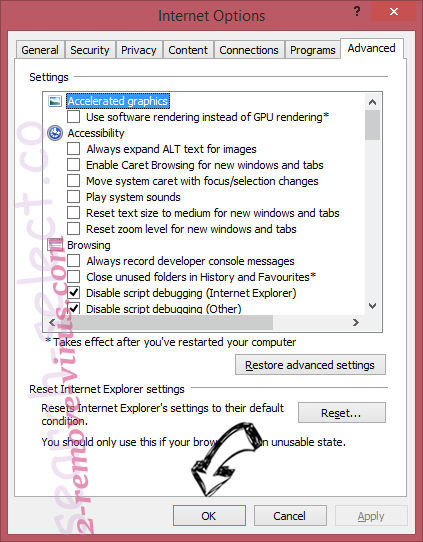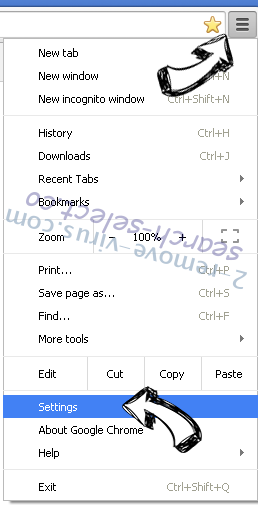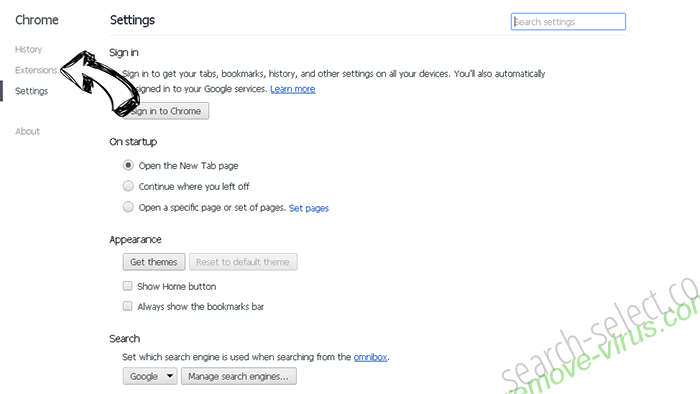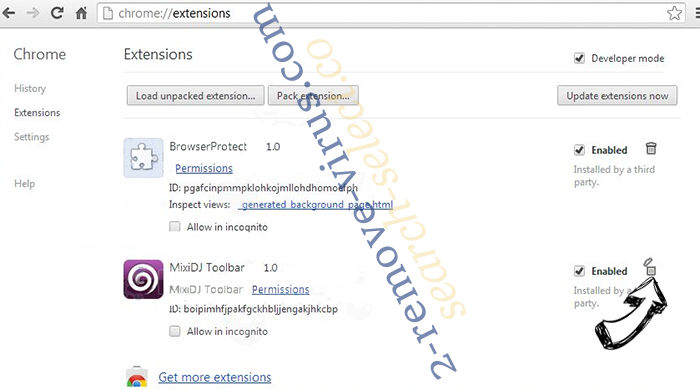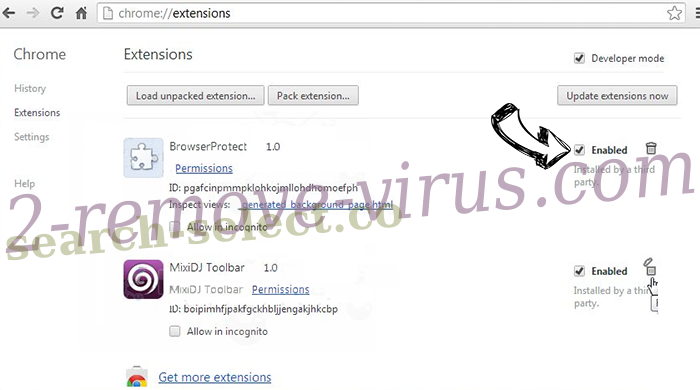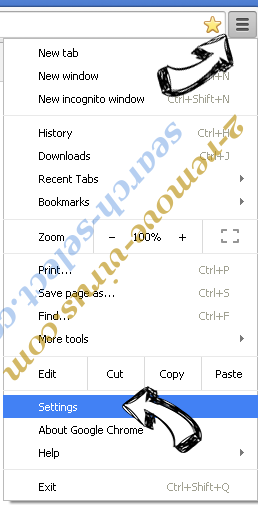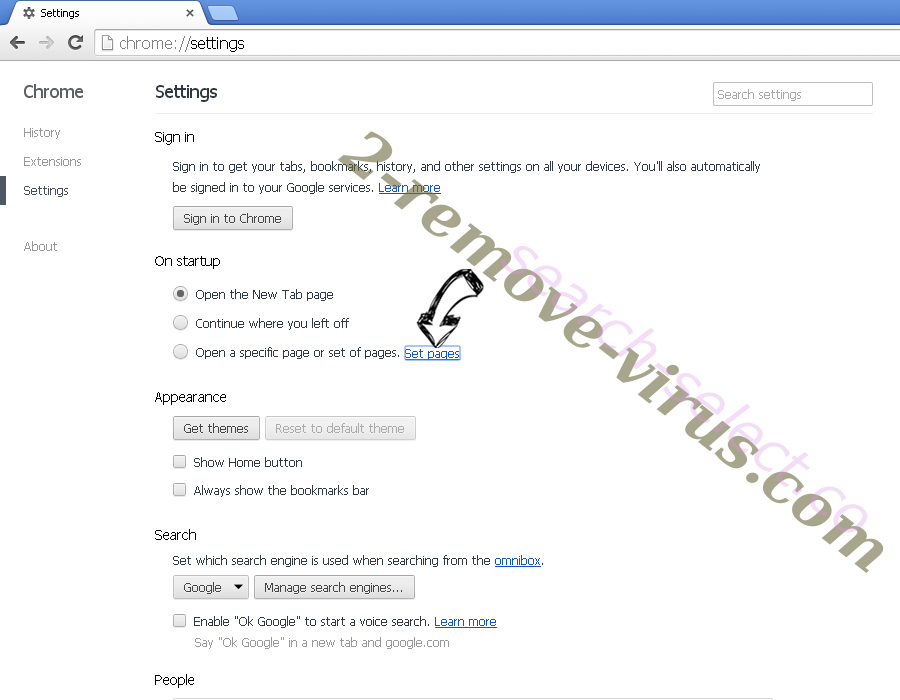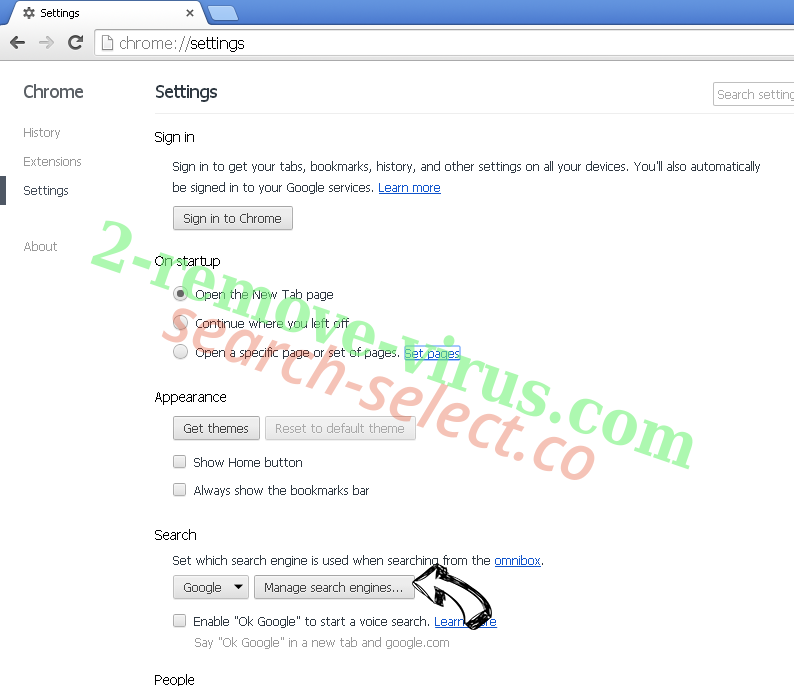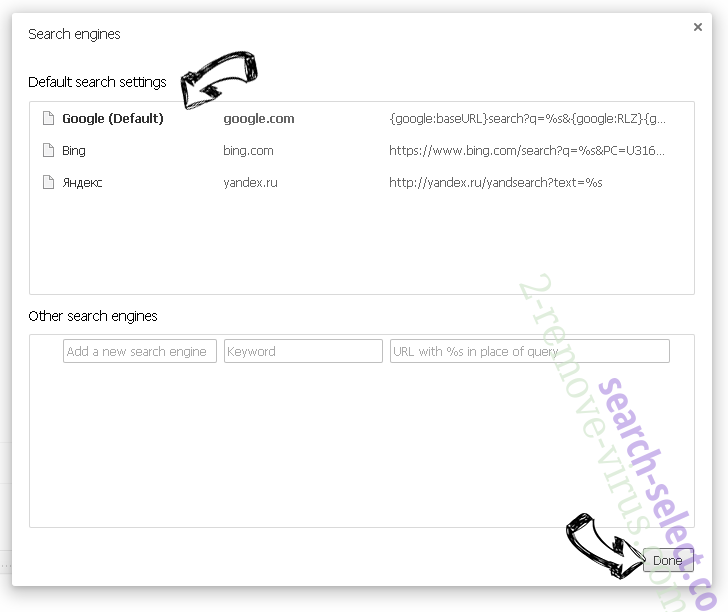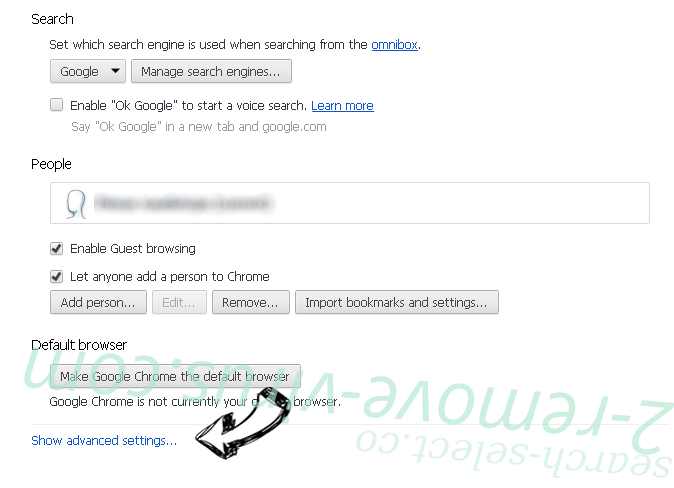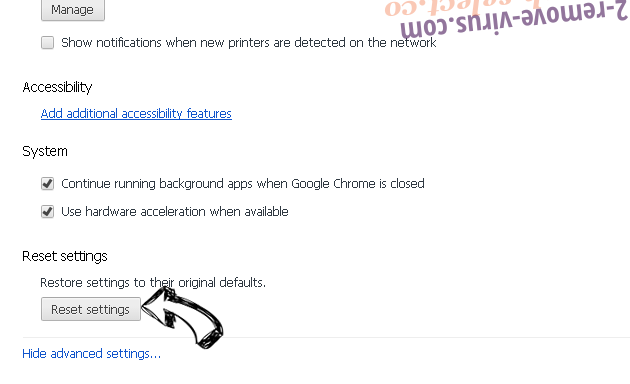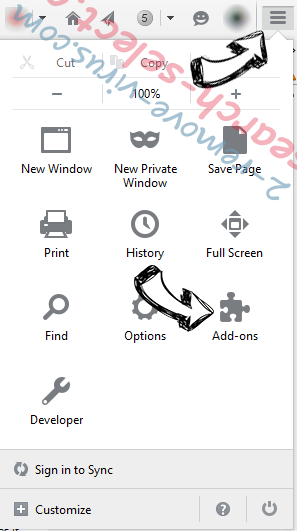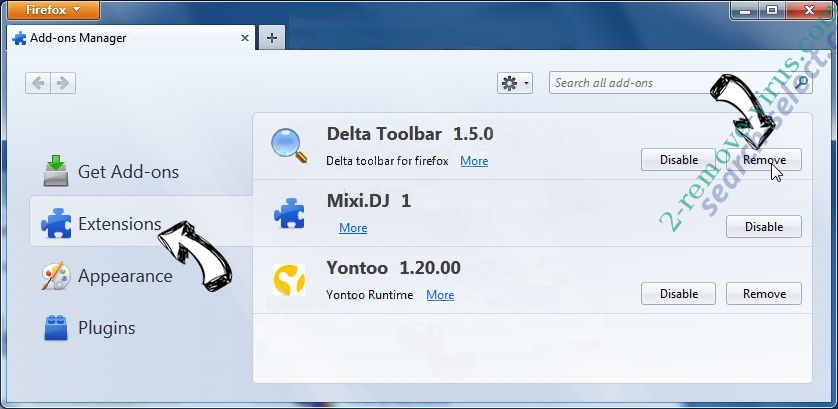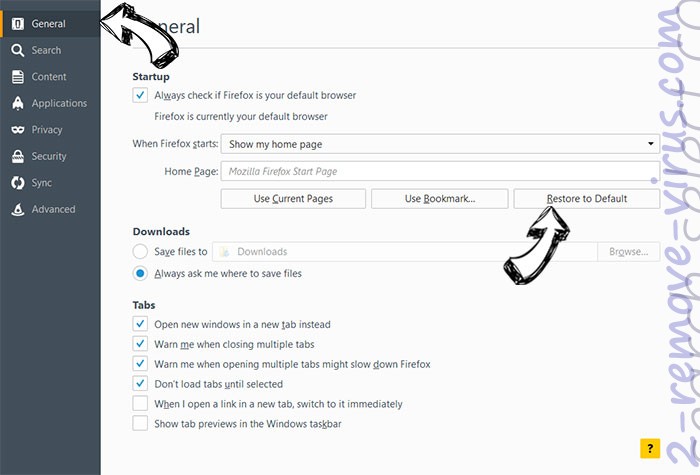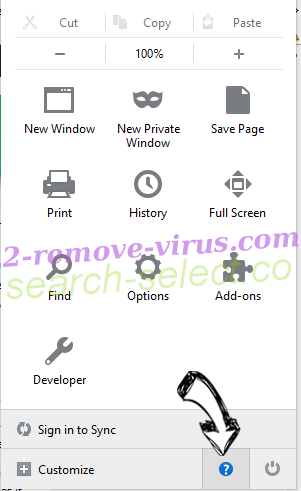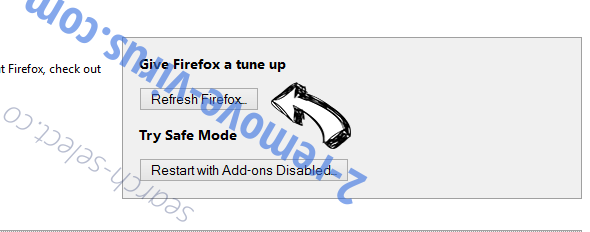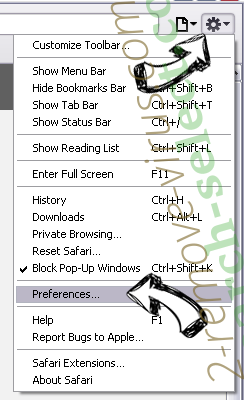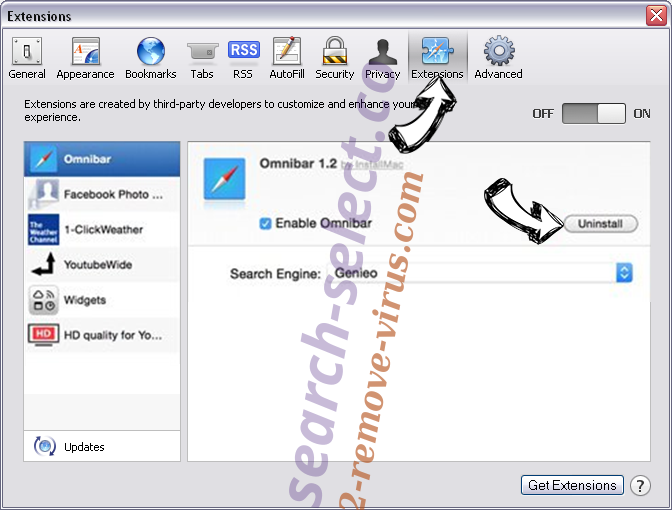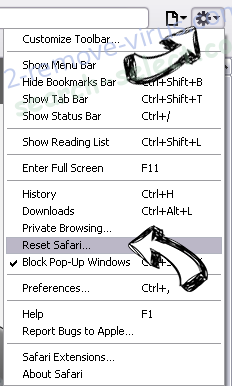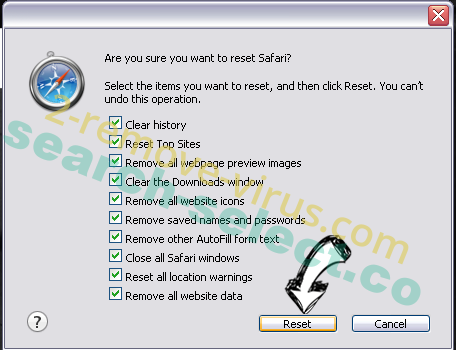ConferenceTrader (Mac) adware can affect Mac computers. It’s a very generic infection that will fortunately not harm your computer directly. What it will do is spam your screen with persistent ads. If you notice a sudden increase in ads without a plausible explanation, your Mac is likely infected with adware. And if you open your Applications folder and see ConferenceTrader, your device is most definitely infected.
Adware, while a pretty minor infection, is very annoying to deal with. Mainly because its main purpose is to expose you to as much sponsored content as possible. No matter which site you visit, you will be spammed with ads and redirected to random sites. While adware will not directly harm your computer, it can cause issues by exposing you to potentially dangerous content, including scams and even malware.
It’s pretty common for adware to show fake tech support and virus alerts in order to extort hundreds of dollars from users. These fake alerts claim that users’ computers are infected with some kind of malware. To supposedly fix it, users are encouraged by fake alerts to contact support using the displayed phone numbers. If users do make the call, scammers pretending to work for known companies like Microsoft and Apple would try to get remote access to their devices. If successful, they could install questionable programs and/or steal files/information. They would also demand that users pay hundreds of dollars for services they neither received nor needed in the first place.
One thing to note about adware is that it tracks what users are doing online to some extent. While it does not collect any sensitive information, it will track what you search for, what sites you visit, what content you interact with, and your IP address. There’s really no reason to put up with this kind of data collection from a program that does nothing but cause issues.
You should remove ConferenceTrader (Mac) adware if you open your Applications folder and see it there. It’s not a difficult program to remove and you should be able to do it like with any other program.
Adware distribution methods
Infections like adware and browser hijackers use pretty basic methods to infiltrate users’ computers. Software bundling is one of the most common methods used. Software bundling allows these types of programs to be attached to free programs as extra offers, which essentially authorizes them to install alongside. Your explicit permission is not necessary for this. The offers are technically optional but users usually have a hard time preventing their installations simply because they don’t even notice the offers. Programs that use this method to install take advantage of the fact that users do not pay attention when installing programs. Evidently, it’s a pretty dubious method.
In order to stop the added offers from installing, you need to pay attention during program installation, especially if you tend to download programs from unofficial app stores. When installing a program, you will be asked to choose either Default (Basic) or Advanced (Custom) settings. It’s not uncommon for the installation window to recommend using Default settings but if you follow this advice, the added offers will install alongside. If you opt for Advanced settings, the added offers will become visible, and you would be given the option to deselect all of them.
It’s never a good idea to allow any extra offers to install because they will be completely useless to you. Considering it’s a pretty controversial installation method, no legitimate program will ever use it to install. So unless you want to fill your computer with junk programs that can be difficult to get rid of once installed, do not permit the offers to install.
Fake update notifications and virus alerts are also commonly used to distribute adware. Certain websites (e.g. those with pornographic or pirated content) tend to expose users to various questionable ads. Those ads may include fake alerts that try to trick users into installing disguised adware. Keep in mind that update notifications that appear as ads on questionable websites will never be legitimate.
ConferenceTrader (Mac) adware removal
Fortunately, adware is pretty easy to remove, whether you do it yourself or use anti-virus software. The latter is easier because the program would delete ConferenceTrader (Mac) adware without you needing to do anything.
If you prefer to do it yourself, you should be able to remove ConferenceTrader (Mac) adware like any other application. If you’re having trouble, use the directions provided below.
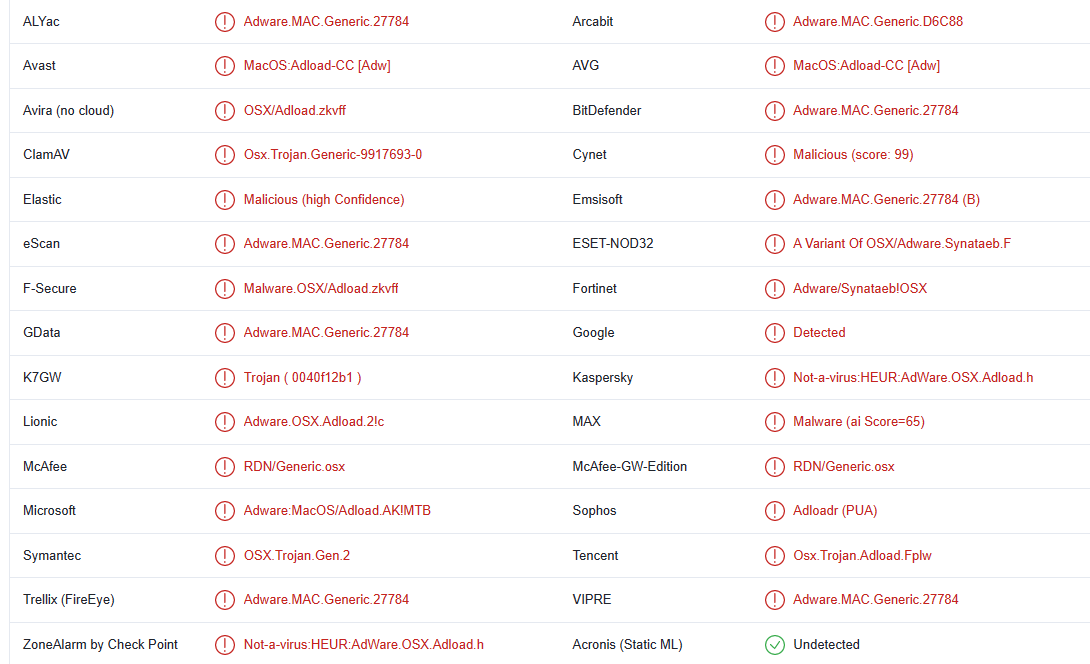
Quick Menu
Step 1. Uninstall ConferenceTrader (Mac) adware and related programs.
Remove ConferenceTrader (Mac) adware from Windows 8
Right-click in the lower left corner of the screen. Once Quick Access Menu shows up, select Control Panel choose Programs and Features and select to Uninstall a software.
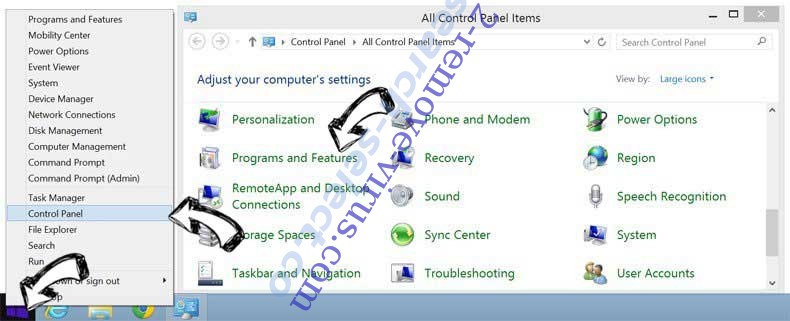
Uninstall ConferenceTrader (Mac) adware from Windows 7
Click Start → Control Panel → Programs and Features → Uninstall a program.

Delete ConferenceTrader (Mac) adware from Windows XP
Click Start → Settings → Control Panel. Locate and click → Add or Remove Programs.
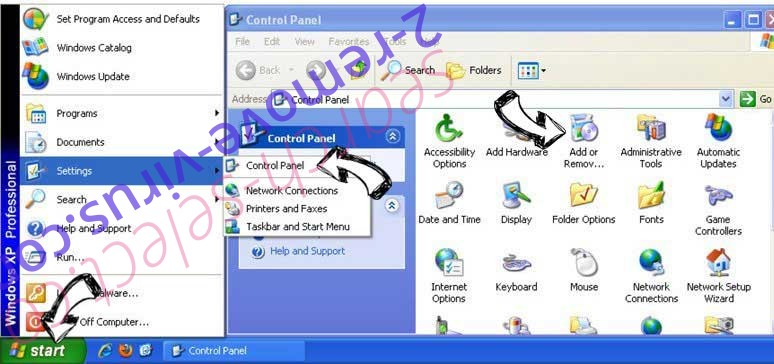
Remove ConferenceTrader (Mac) adware from Mac OS X
Click Go button at the top left of the screen and select Applications. Select applications folder and look for ConferenceTrader (Mac) adware or any other suspicious software. Now right click on every of such entries and select Move to Trash, then right click the Trash icon and select Empty Trash.

Step 2. Delete ConferenceTrader (Mac) adware from your browsers
Terminate the unwanted extensions from Internet Explorer
- Tap the Gear icon and go to Manage Add-ons.

- Pick Toolbars and Extensions and eliminate all suspicious entries (other than Microsoft, Yahoo, Google, Oracle or Adobe)

- Leave the window.
Change Internet Explorer homepage if it was changed by virus:
- Tap the gear icon (menu) on the top right corner of your browser and click Internet Options.

- In General Tab remove malicious URL and enter preferable domain name. Press Apply to save changes.

Reset your browser
- Click the Gear icon and move to Internet Options.

- Open the Advanced tab and press Reset.

- Choose Delete personal settings and pick Reset one more time.

- Tap Close and leave your browser.

- If you were unable to reset your browsers, employ a reputable anti-malware and scan your entire computer with it.
Erase ConferenceTrader (Mac) adware from Google Chrome
- Access menu (top right corner of the window) and pick Settings.

- Choose Extensions.

- Eliminate the suspicious extensions from the list by clicking the Trash bin next to them.

- If you are unsure which extensions to remove, you can disable them temporarily.

Reset Google Chrome homepage and default search engine if it was hijacker by virus
- Press on menu icon and click Settings.

- Look for the “Open a specific page” or “Set Pages” under “On start up” option and click on Set pages.

- In another window remove malicious search sites and enter the one that you want to use as your homepage.

- Under the Search section choose Manage Search engines. When in Search Engines..., remove malicious search websites. You should leave only Google or your preferred search name.


Reset your browser
- If the browser still does not work the way you prefer, you can reset its settings.
- Open menu and navigate to Settings.

- Press Reset button at the end of the page.

- Tap Reset button one more time in the confirmation box.

- If you cannot reset the settings, purchase a legitimate anti-malware and scan your PC.
Remove ConferenceTrader (Mac) adware from Mozilla Firefox
- In the top right corner of the screen, press menu and choose Add-ons (or tap Ctrl+Shift+A simultaneously).

- Move to Extensions and Add-ons list and uninstall all suspicious and unknown entries.

Change Mozilla Firefox homepage if it was changed by virus:
- Tap on the menu (top right corner), choose Options.

- On General tab delete malicious URL and enter preferable website or click Restore to default.

- Press OK to save these changes.
Reset your browser
- Open the menu and tap Help button.

- Select Troubleshooting Information.

- Press Refresh Firefox.

- In the confirmation box, click Refresh Firefox once more.

- If you are unable to reset Mozilla Firefox, scan your entire computer with a trustworthy anti-malware.
Uninstall ConferenceTrader (Mac) adware from Safari (Mac OS X)
- Access the menu.
- Pick Preferences.

- Go to the Extensions Tab.

- Tap the Uninstall button next to the undesirable ConferenceTrader (Mac) adware and get rid of all the other unknown entries as well. If you are unsure whether the extension is reliable or not, simply uncheck the Enable box in order to disable it temporarily.
- Restart Safari.
Reset your browser
- Tap the menu icon and choose Reset Safari.

- Pick the options which you want to reset (often all of them are preselected) and press Reset.

- If you cannot reset the browser, scan your whole PC with an authentic malware removal software.
Site Disclaimer
2-remove-virus.com is not sponsored, owned, affiliated, or linked to malware developers or distributors that are referenced in this article. The article does not promote or endorse any type of malware. We aim at providing useful information that will help computer users to detect and eliminate the unwanted malicious programs from their computers. This can be done manually by following the instructions presented in the article or automatically by implementing the suggested anti-malware tools.
The article is only meant to be used for educational purposes. If you follow the instructions given in the article, you agree to be contracted by the disclaimer. We do not guarantee that the artcile will present you with a solution that removes the malign threats completely. Malware changes constantly, which is why, in some cases, it may be difficult to clean the computer fully by using only the manual removal instructions.
